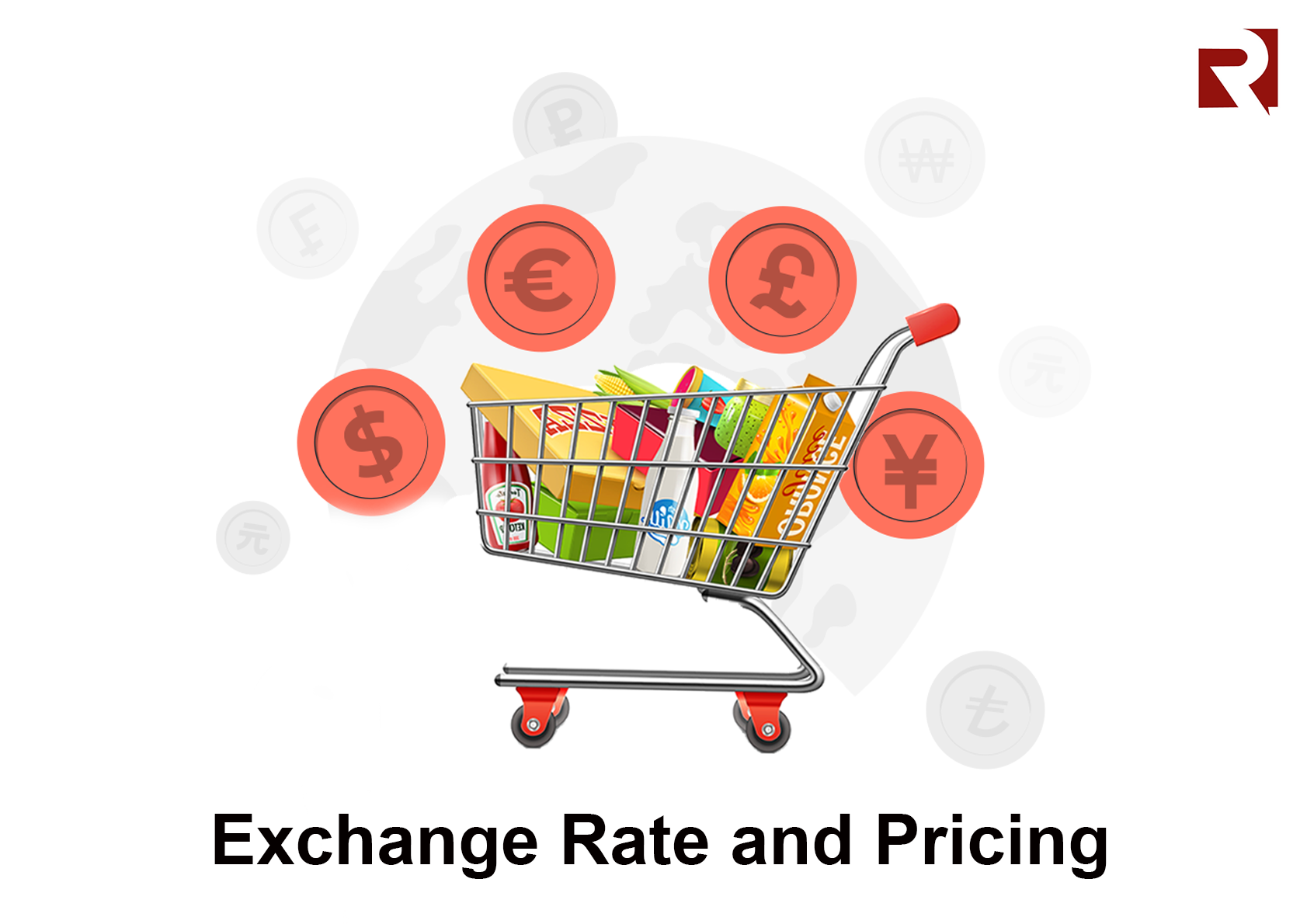Previously, we looked at the concept of exchange rate and what it means for international finance, trade and investments. Value exchange will continue to exist across borders, as will exchange rates. Unless, of course, the world agrees by a miracle of some sort to use one currency. However, there is no consensus on how this will work out in equalising economies. Will it straighten out economic inequalities between countries or further widen the gap?
Pricing cannot be set independently of exchange rate as one of the things exchange rate itself tries to establish is fairness in value exchange. Every industry and business is affected by exchange rate, whether it deals with imports and exports or not. That is because exchange rate impacts the economy as a whole.
Currency depreciation unavoidably results in inflations. Increasing exchange rate would mean a decrease in the value you can get for a particular amount of money over a period. The implication for importation is that the price of an item remains the same, but the cost continues to increase for the importing party.
For instance, if $1 = #300 and the cost of an item was $100, the cost of the item for a Nigerian would be #30,000. But if the exchange rate continues to change and the dollar eventually gets to $1 = #500. The item still at $100 would now cost the Nigerian #50,000. That is about 67% increase for the Nigerian buyer without an actual increase in the price of the item.
What does this mean for Businesses?
Business should:
- Factor in exchange rate into the cost of production
- Consider exchange rate when setting pricing
- Set pricing in the higher valued currency when selling internationally
- Factor in changing rates in pricing
- Calculate cost in local currency
- Consider foreign partners/suppliers' exchange cost
Exchange rate is one edged sword. It is always one country at advantage, and one on the receiving end. Rarely would you find two countries that exchange at the same value. Even with countries using the same currency, economic realities usually result in slight differences in pricing. Businesses must leverage this to increase profits or at the very least, avoid losses. Businesses must keep up to date with exchange rates, under its amount of influence on their pricing and profit and make pricing decisions and form business relationships accordingly.



